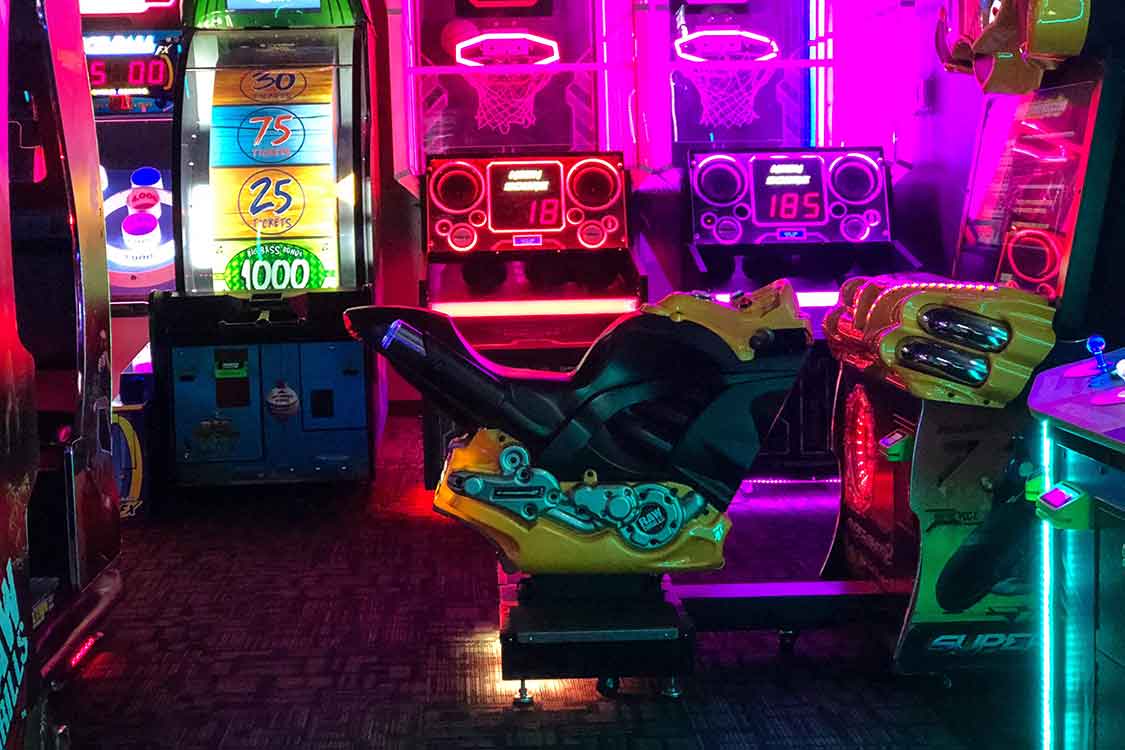While gacha culture is undoubtedly entertaining, it also raises questions about consumerism and gambling-like behavior. In recent years, concerns have been raised about the potential for gacha mechanics, particularly in mobile games, to exploit psychological vulnerabilities and encourage excessive spending. Some critics have likened gacha mechanics to gambling, highlighting the risk of addiction and financial harm, especially among vulnerable populations such as children and adolescents.
In response to these concerns, regulatory measures have been introduced in Japan to address the issue of “kompu gacha,” where players are incentivized to collect a complete set of items by offering additional rewards. This practice was banned in 2012 by the Consumer Affairs Agency to curb excessive spending and protect consumers from exploitative practices.


